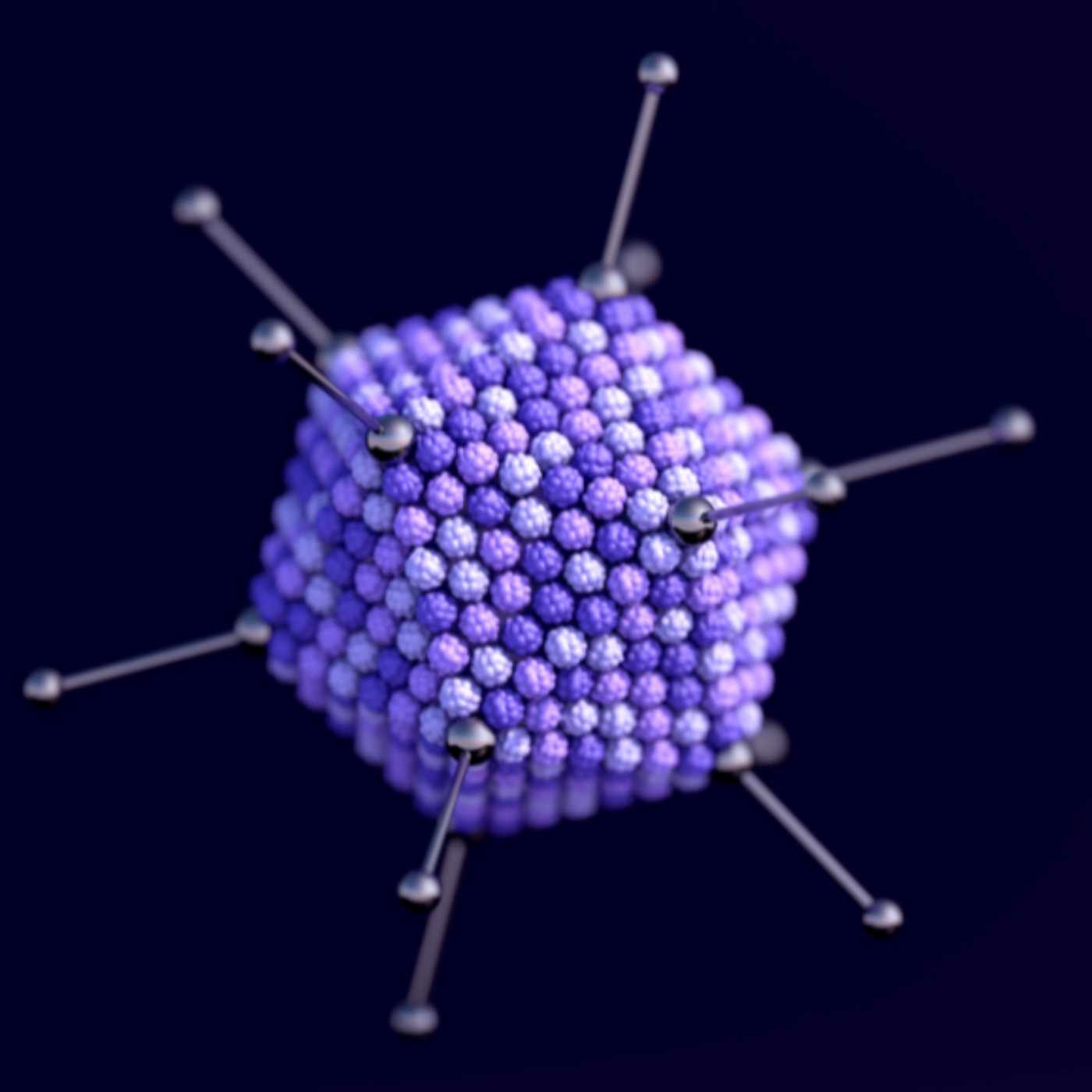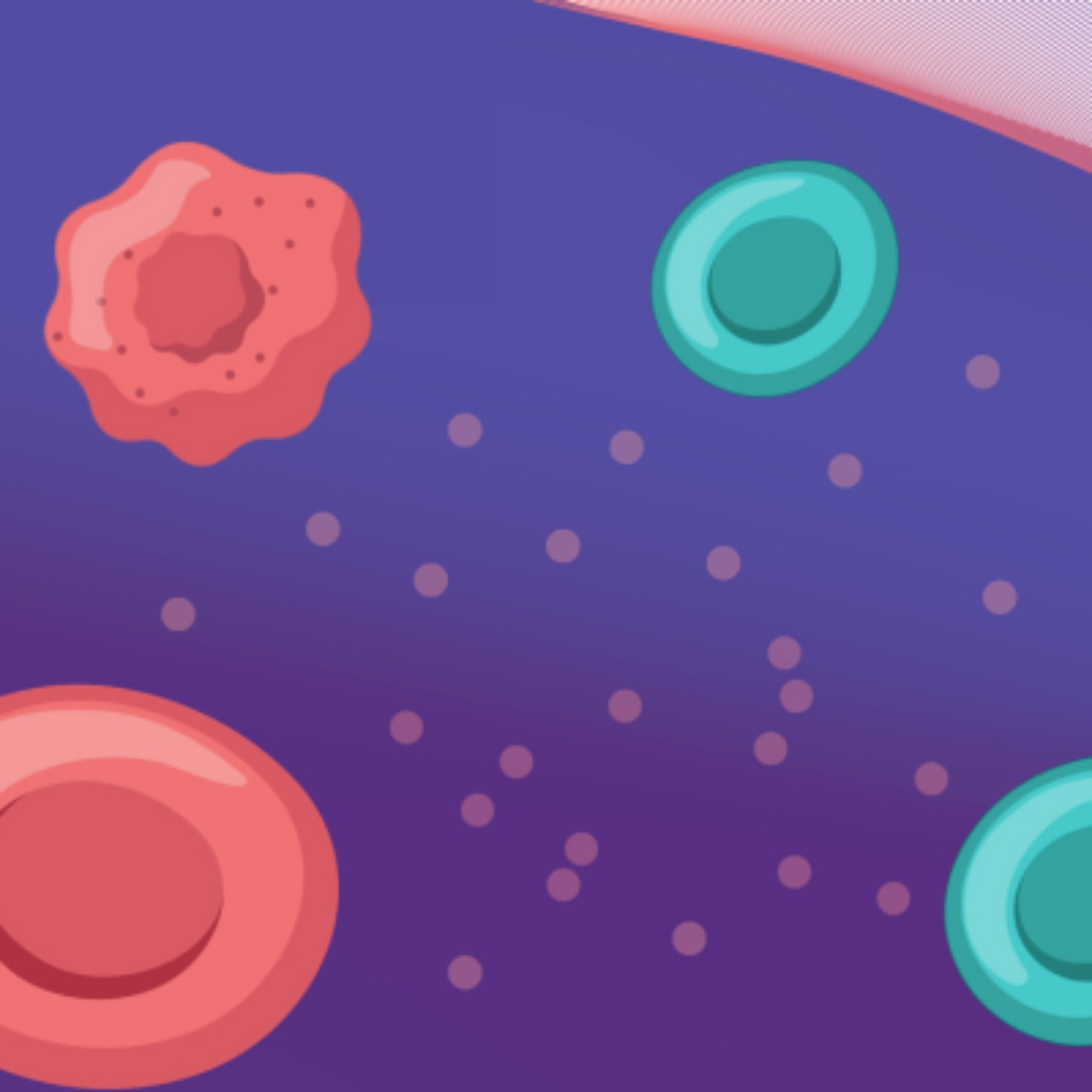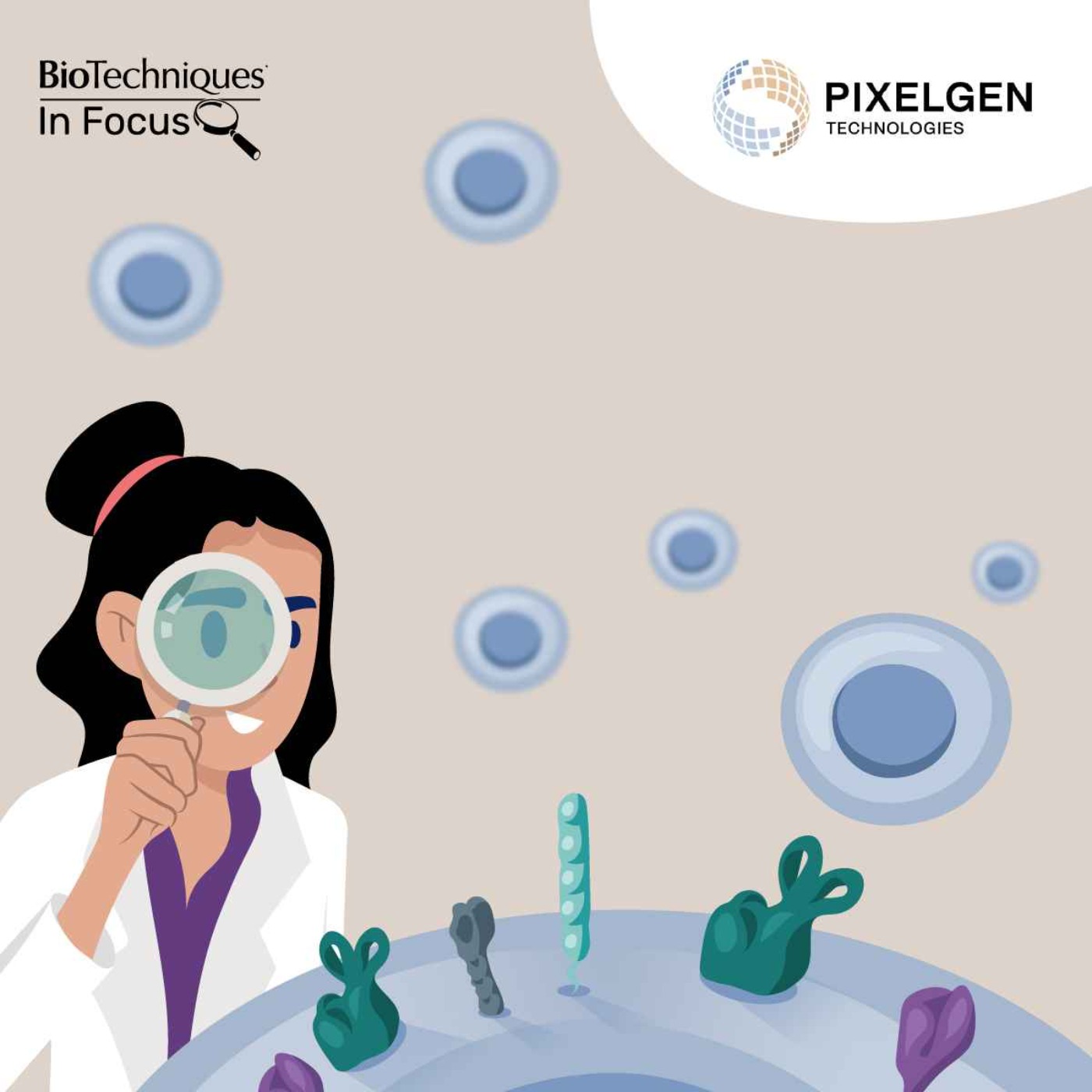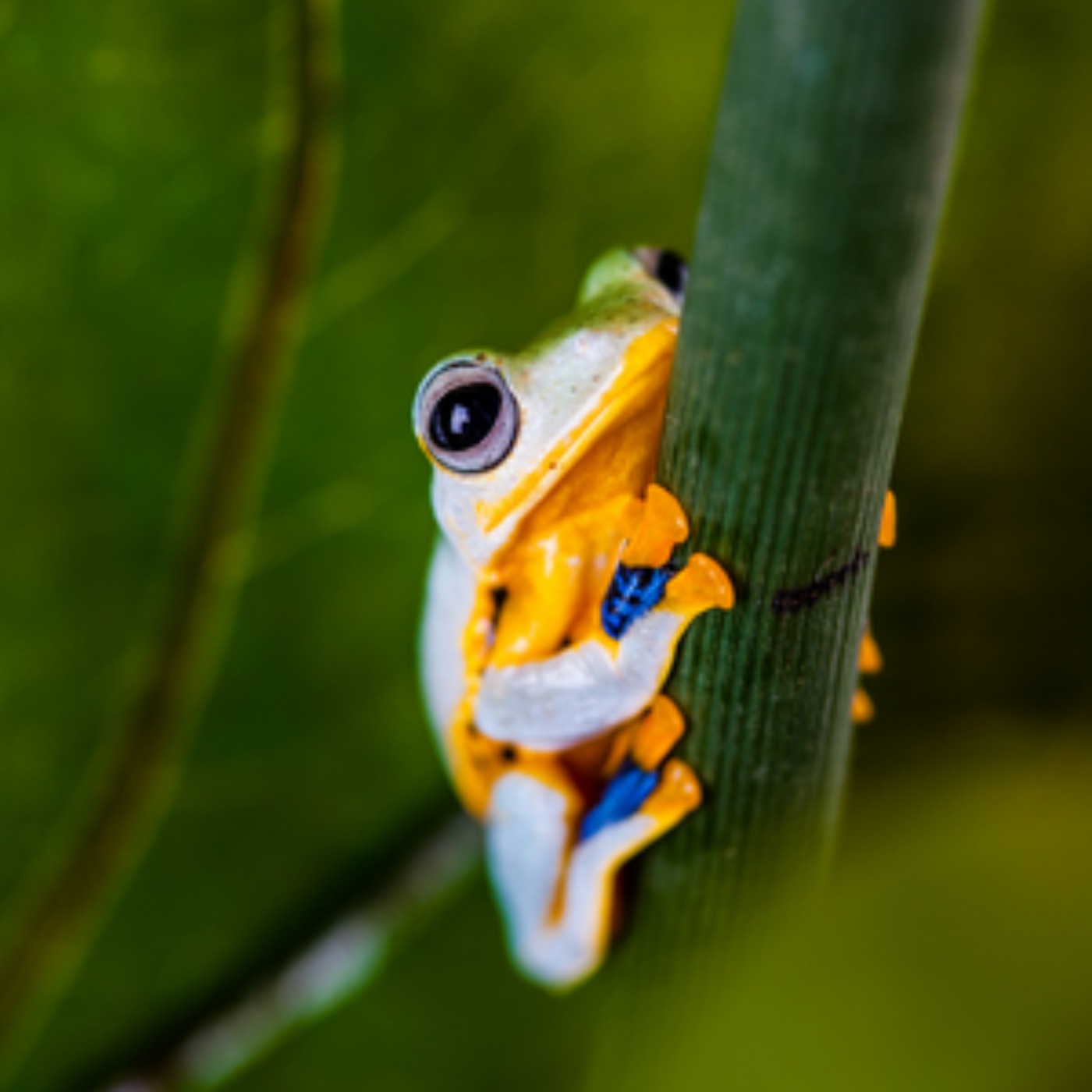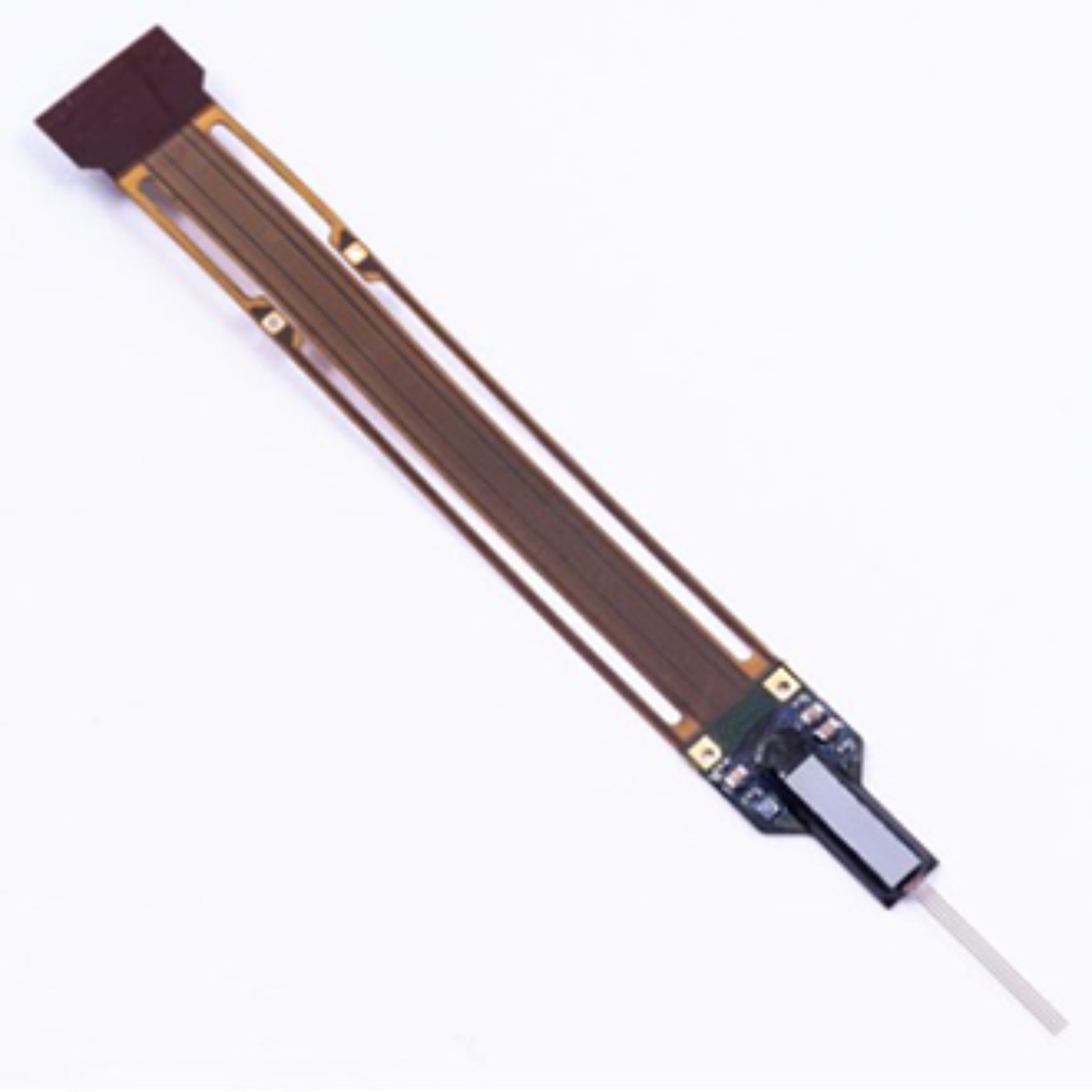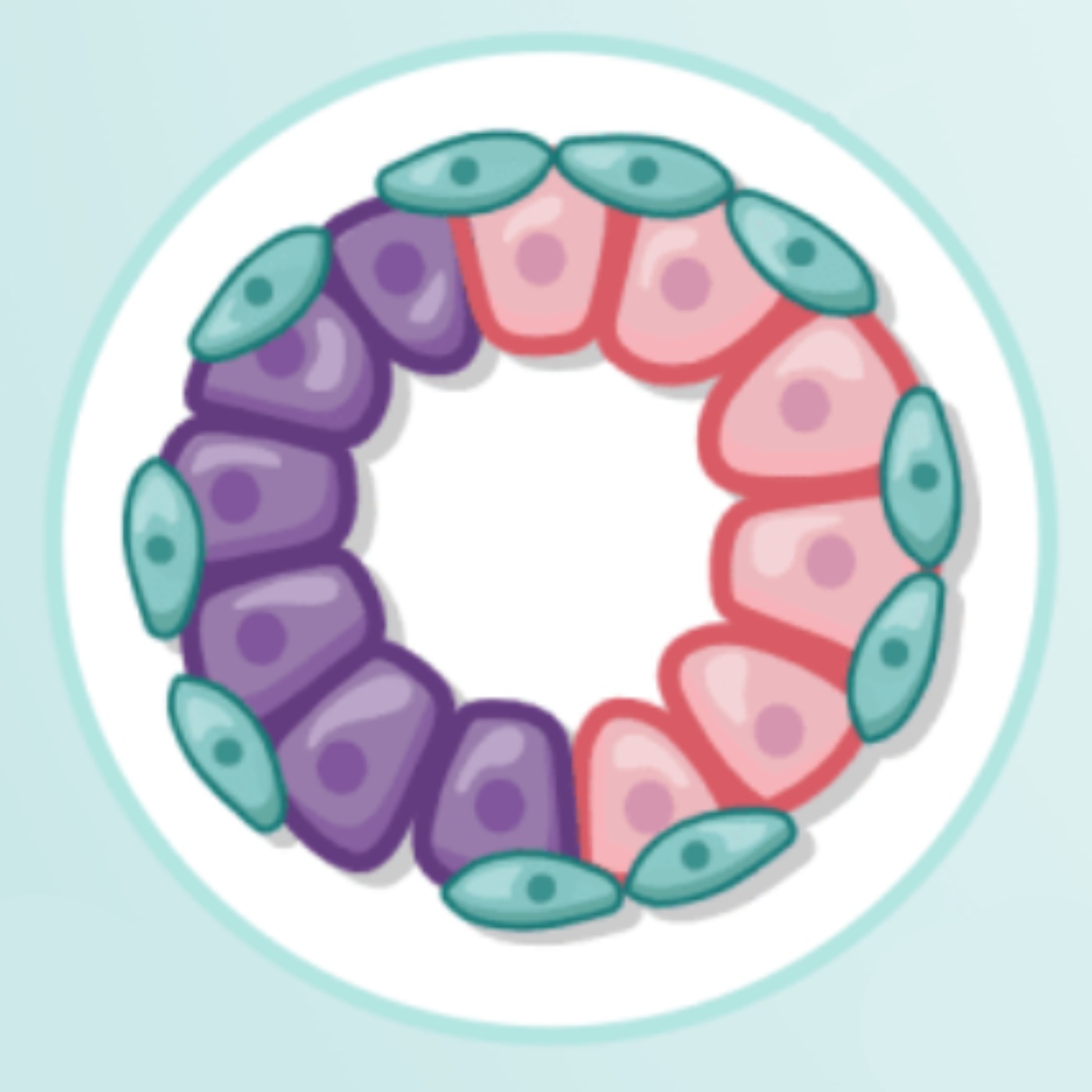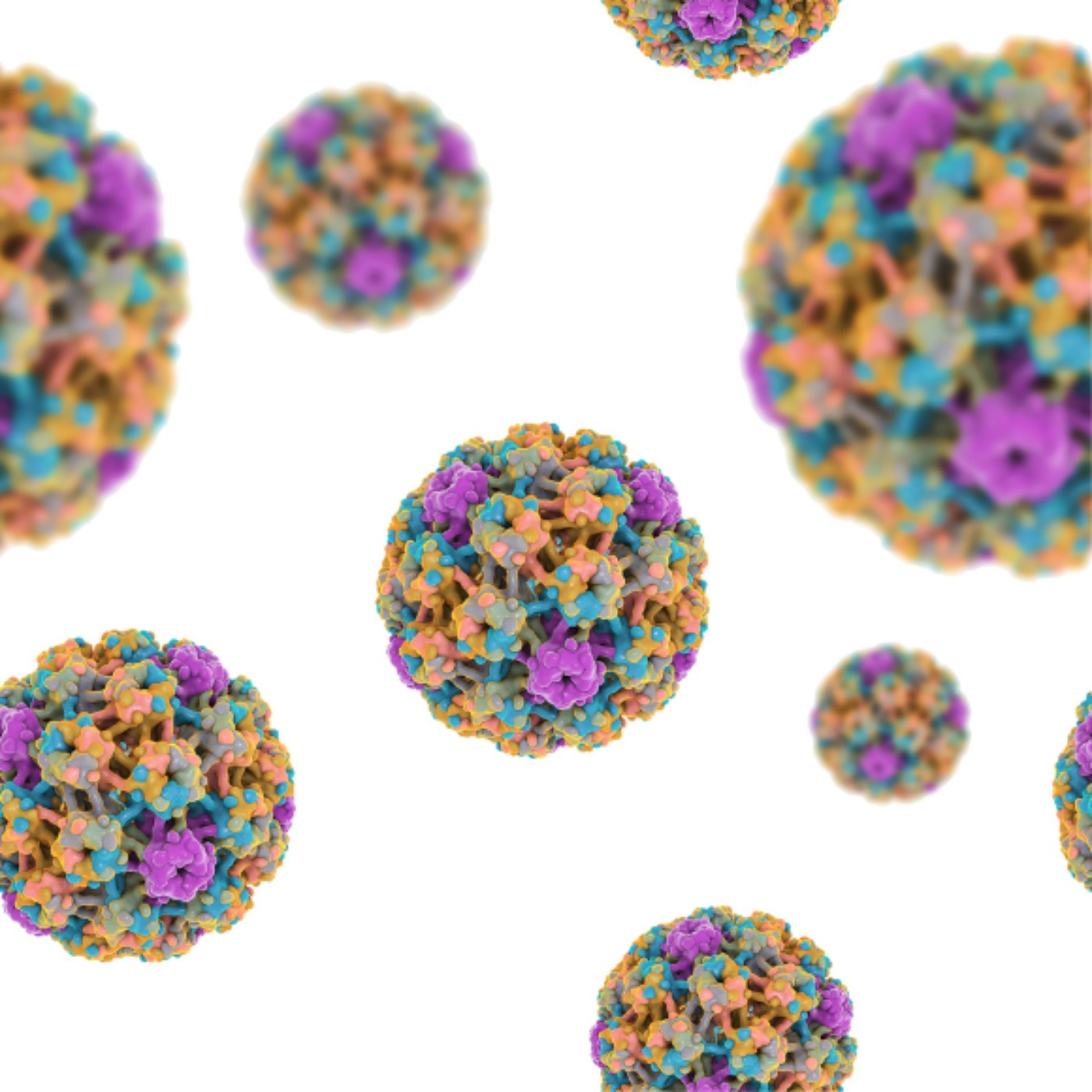rAAVs, host-cell contamination and ddPCR
Description
In this episode of Talking Techniques, supported by Bio-Rad, we discuss a key component of many gene therapies: recombinant adeno-associated viruses (rAAVs) and their production. These viruses act as efficient, accurate delivery vesicles for the gene therapy’s plasmid.
Speaking to Associate Director of Biopharma Product Marketing at Bio-Rad Laboratories, Mark White, we take a look at the different expression systems used for their production and compare their advantages, before looking at some of the challenges involved in the production rAAVs, such as host-cell contamination.
Discover the tools that can help minimize host-cell contamination and differentiate between nuclease resistant and nuclease reactive contaminant DNA and find out about some of the most exciting developments in rAAV technologies.
Contents:
- The role of rAAVs in gene therapies: 00:40-02:15
- The production of rAAVs and gene therapies: 02:15-03:30
- Why are HEK cells so popular for cell therapy production? 03:30-05:45
- HEK vs SF9 Insect cell expression systems: 05:45-06:45
- Challenges in cell therapy expression systems: 06:45-08:05
- Host DNA contamination: 08:05-10:30
- The risks of host DNA contamination: 10:30-12:45
- Key techniques to minimize host DNA contamination: 12:45-14:40
- The advantages of ddPCR in gene therapy production: 14:40-17:50
- Distinguishing between nuclease resistant and nuclease reactive host cell DNA: 17:50-19:10
- The most exciting developments in rAAV technology: 19:10-20:20
- What is one thing you would ask for to improve rAAV and gene therapy development 20:20-26:38
Hosted on Acast. See acast.com/privacy for more information.

